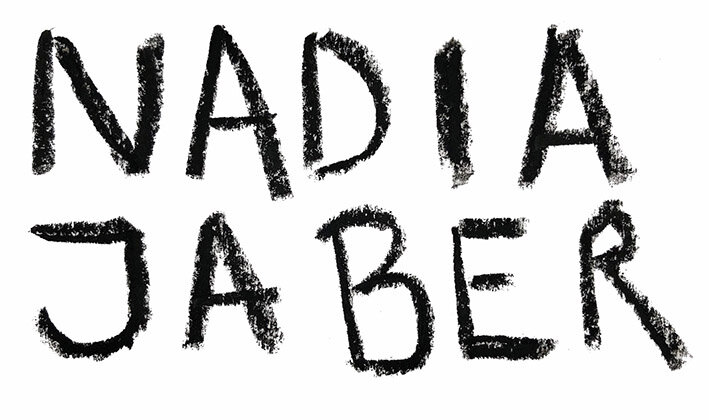About blank?
“Everybody draws ideas from everyone, so whatever you are doing is really a repackaging of thousands of things you’ve heard and something you’ve added to it all, and what you’ve added just might be the wat to put it all together.”
Brian Eno
When it comes down to art appropriation one would think that musicians, —like Brian Eno—, are luckier than painters, for their language escapes the brutality of imagery, and dives into the subtle realm of sound. That might explain why Stravinsky suggested once that the good creator «is not the one who imitates, but the one who steals». Truth is that Stravinsky outlived the Second Industrial Revolution and the Scientific-Technical one. His argument being that once technology kicks in, art might run free. In any case, Stravinsky failed to live the current revolution, the digital one, where appropriation has become a scrolling matter. Perhaps the question here might wonder: is art appropriation a way of stealing? If not: is it possible not to appropriate in the era of digital art? That is a rather unavoidable question these days for any artist coming to terms with her own creative process. And that is the case of Nadia Jaber (Barcelona,1986) who has found in appropriation the language that stitches together her new show, About Blank:
About Blank is a collection of paintings build up around samples of other inspiring paintings that Nadia has come across while navigating the Instagram vastness —thanks to the insatiable work of its algorithm. The canvasses of About Blank could be the ultimate collage of the current algorithmic syncretism. About Blank acknowledges not only Nadia’s belonging to the digital art revolution, but points rather gratefully to Art’s ultimate dimension, it's digital kingdom, where artists thrive, collect, exchange, buy, sell, and perhaps, more definitely, find inspiration and half live. Nobody with its wits about them would question that the art world is increasingly virtual, and that its health hasn’t been better in decades. So the question here prays: are technologies to blame or to praise?
Andy Warhol, one of the most accomplished ambassadors of appropriation, was ecstatic after discovering the wonders of silk-screening. In one of the fewest interviews available online —omnipotent technology in full bloom— Warhol told to Art News’s reporter Gene Swenson a rather legendary line: «I think everybody should be a machine. I think everybody should like everybody». It was 1962. Warhol anticipated not only the behaviour of today’s technologies, but the ultimate lust of artists like Nadia, who are openly challenging themselves to become precisely that same technology. In her About Blank’s statement, Nadia claims her desire to «operate like an algorithm», and acknowledges that the breadcrumbs spread over her creative path by the Instagram one, have helped her discover the current inspirations for her work; inspirations that have actually become her work in some classical appropriation fashion. In its statement of digital belonging, Nadia reflects on the search of her true voice as an artist that has found herself dazzled by the myriad of constellations developed by social media and their insatiable algorithms. Being supported by such a powerful source has definitely changed her creative process, her interaction with the world and her way of living in some equally unavoidable way. So the question is not what to focus on, but rather how to focus at all.
Nadia’s art, being millennial, uses technologies as a way to beat loneliness, and dream connection (the answer here being, YES WE WILL BE ISOLATED AND CONNECTED). Warhol. Duchamp, Burroughs or Lydia Lunch dreamt of the same language, where cut and paste was a frequency that stitched together the voice of multiplicity. At the end of the day a piece of art is like a piece of anything else: something slightly concluded yet unending, seamless and sewed, a traveling light, that has been repeated, reflected, destroyed and rescued endless times… Any creative work carries a voice in itself that unites former dots and completes the seamless work of the traditions before us, while engaging with progress and dreaming of upcoming revolutions. Nadia knows well that we are in the thick of the latest one and acknowledges it physically using a thread that sews and stitches together the virtually appropriated pieces. Somehow, that’s her ultimate statement: what started as a virtual journey ends up landing in a crafted, real shore, where the virtual image becomes part of the painting, a palpable reality…. the beginning of the revolution… or perhaps it's ending?
Reading by Hector Castells
